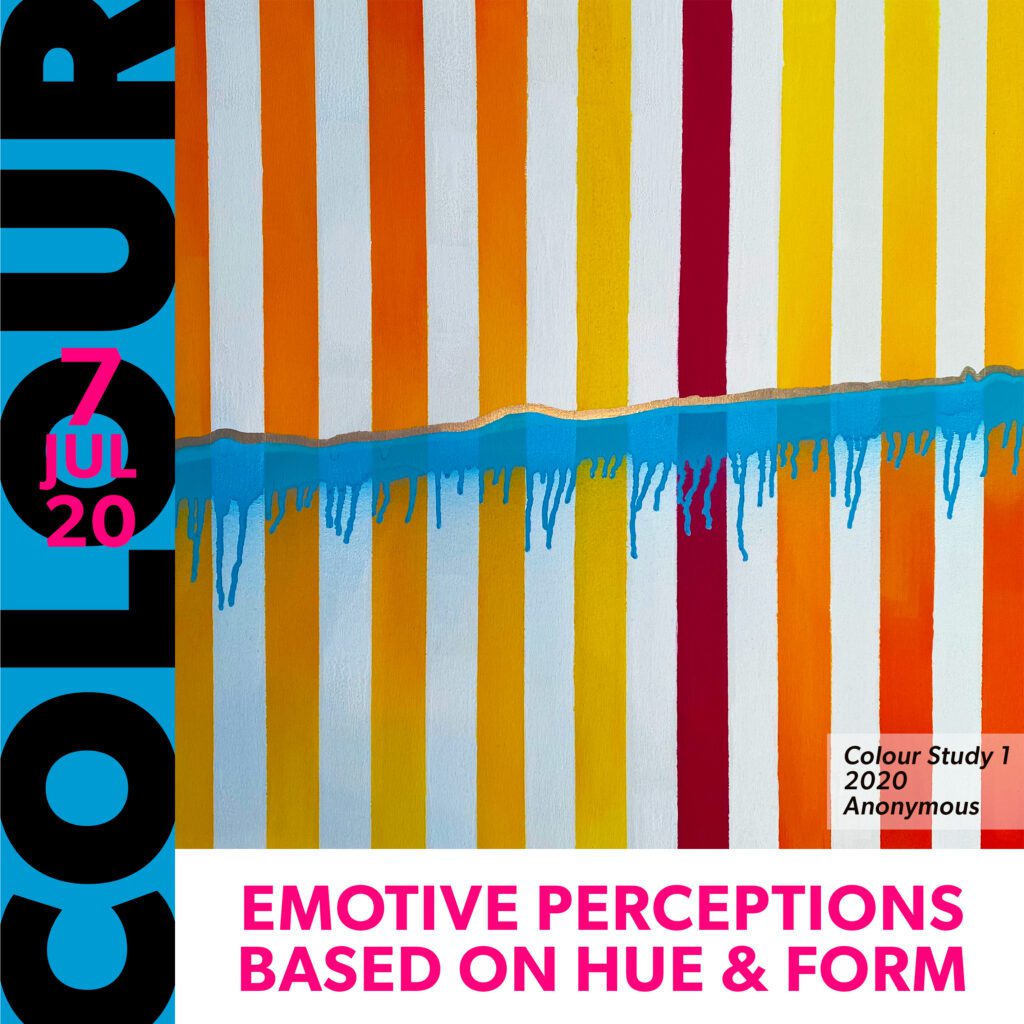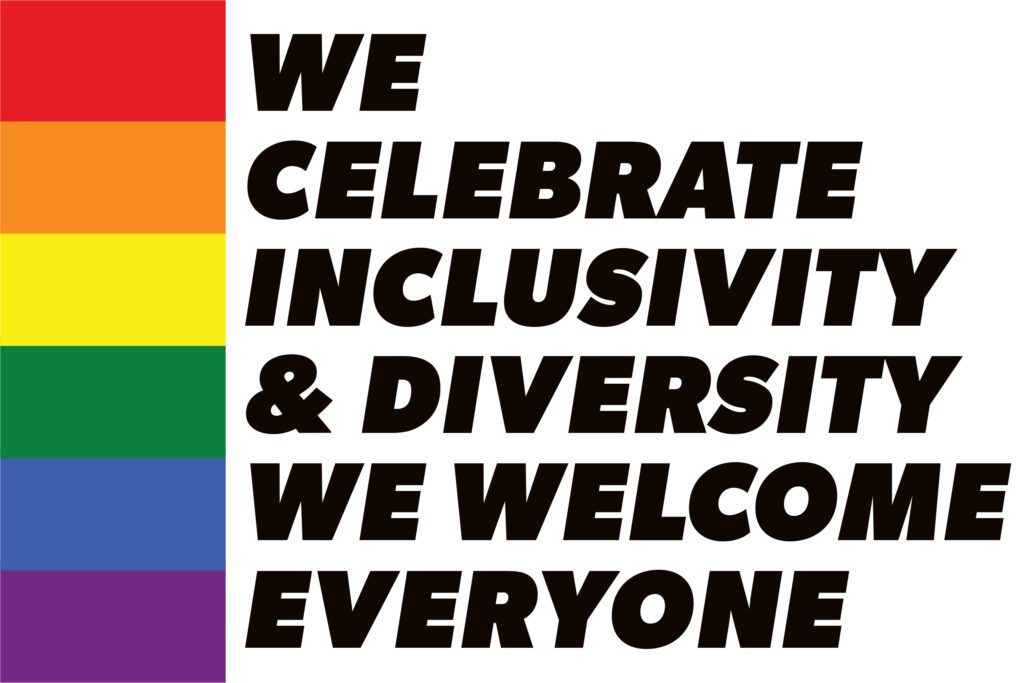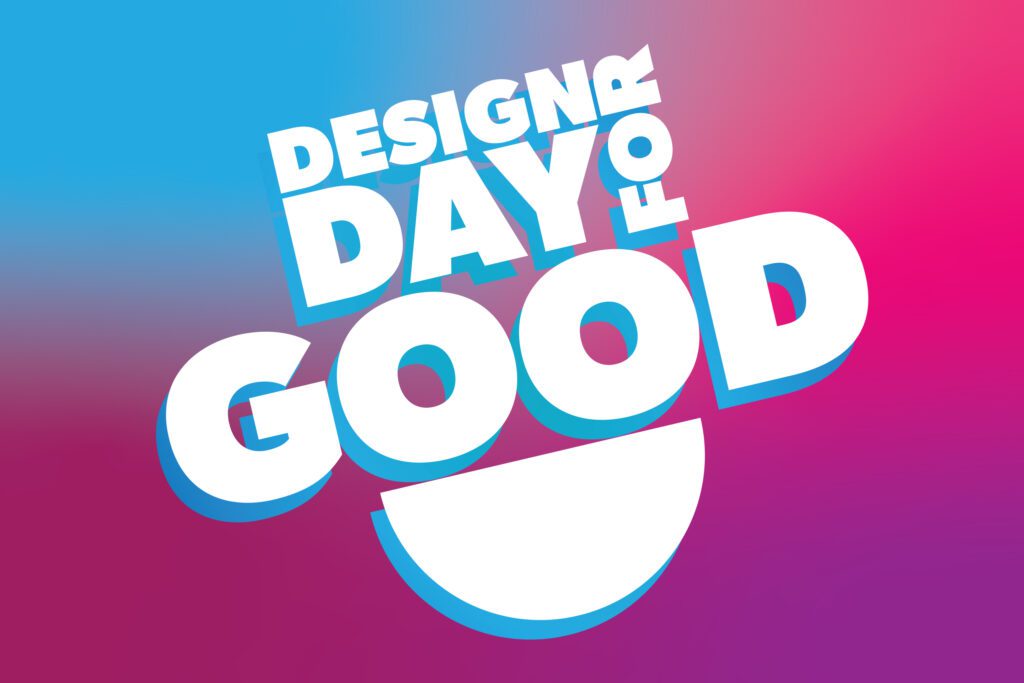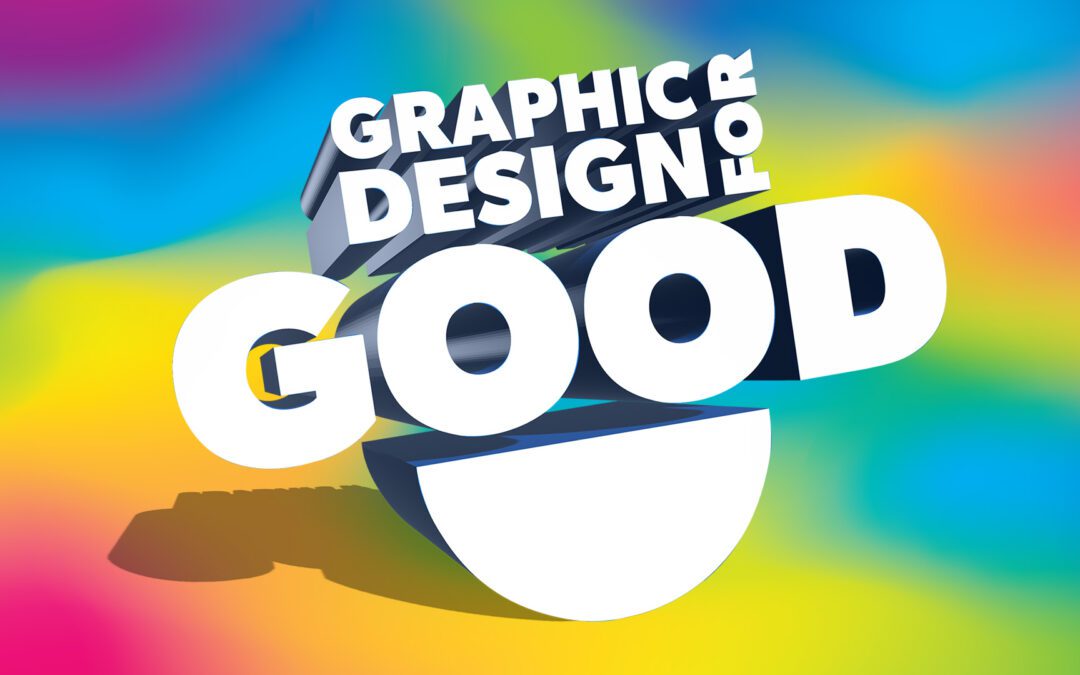The value of graphic design should never be up for debate. It surrounds us and is a valuable part of communicating in the modern world. I guarantee that if you looked around your office, you would see many subtle, hidden ways in which graphic design has permeated your workspace. It’s in the apps on your screen, logos on your office supplies, the designs on your favourite mug, the colours of your pack of breath mints, and even in the clothes you wear. Products aren’t made on a whim, either. They are carefully illustrated and designed on-screen and on paper way before prototyping. Design influences every part of our modern life, whether good, bad or even ugly. To discuss why we should use design for GOOD, we must first talk about the practice of design and its ability to motivate people.


Not Everyone is a Designer
Design skills, much like creativity, can be nurtured and developed. I’ve seen students that knew very little about design become excellent designers through perseverance, desire to learn more, and practice. Moreover, it doesn’t rely solely on artistic merit. Some people would even argue that art and design don’t compare because they are separate in their focus and function. Although the goals of art and design can be similar, one would argue that design aims to create pragmatic clarity in the world around you. In contrast, art focuses on creating a profound emotional response. As a result, there’s a fallacy of thought going around that ALL graphic designers can draw (paint, sculpt, photograph etc.) and vice versa.
So, where am I going with this train of thought…Oh yeah… NOT EVERYONE is a graphic designer. Yet, some of the tools that people have at their fingertips can make them think they are. Suppose everyone is using the same tools in the same way. In that case, creativity stagnates, and no one is making anything worth paying attention to. It is this recognition that improves the value of professional graphic design.

The Potential for Using Design for Bad and Good
Graphic design is considered a profession by those that value its power to influence perceptions and change minds. Look no further than a political campaign to see how much emphasis is placed on looking the part. Patriotic, confident, trustworthy, readable, legible, straightforward and in the correct party colours are all characteristics of good political campaign graphics that can help influence opinions and reinforce party values. Some graphics have become synonymous with a specific community or group. For example, just seeing the rainbow flag on a storefront indicates that the store is LGBT-friendly.
Similarly, some colours have become synonymous with specific political parties, and deviating would confuse their constituents. Heck, even evil regimes know the power of design in adding legitimacy to their twisted causes, commanding attention, and instilling fear of dissent. It is for these reasons that I am careful and deliberate in how I apply my design skills. If you aren’t using your skills for good, what’s the alternative?
Making Impact with Good Design
Of course, every designer must squeak out a living from their craft. But I don’t think a value compromise must occur to make it work. Honesty and authenticity are a mark of good design. Social enterprise is on the rise, and more companies are adopting a more genuine approach to design. Yes, there will always be hyperbole, metaphor, allusion, and humour to help point out comparisons and convey visual messages in relatable terms. However, when the end goal is rooted in truth, this is good design. I would also argue that so long as the design doesn’t seek harm, brings a smile to our faces or makes us think, it is GOOD.
Imagine if every humanitarian nonprofit organization saw enough funding each year to keep staff and do the best work possible for their communities. We would likely see poverty decrease, health and well-being improve, better education systems, greater equality, cleaner environments, sustainable growth, and the happiness index improve. However, this is not the case. In fact, we see many nonprofits struggle to keep going or settle for something less than ideal to continue doing the valuable work required of them.
Assessing Who Needs the Most Help
Although many nonprofit organizations do overwhelmingly good for themselves, their marketing and overhead costs are often relatively high. Still, the amount of money invested in their projects is also high. These high-earning nonprofit organizations are often the ones that can afford to run national campaigns. They usually work with an agency of record or support an entire marketing department, complete with their dedicated graphic designer. They’re polished and legit and make their donors and contributors feel special. They have a name that people have heard of and know. Contributing to their causes is great, but a small contribution doesn’t go very far. Consistently volunteering will go further, but it isn’t always possible to carve out the time (especially if you’re an independent contractor).
For this reason, I will sometimes offer my skills and expertise on a limited basis to projects of importance for nonprofit organizations. This is what I mean by using design for good. Fresh design based on immediate needs can empower nonprofit organizations in many ways. It provides them with confidence, legitimacy, professionalism, and a visual voice they otherwise could not afford. The hope is that, in turn, they will be able to raise funds necessary to grow their profile, do more for their community, and become successful. In addition, as a result of their success, they can afford to pay for professional services when required.

My Criteria for Providing Pro Bono Services
Here is a set of criteria for nonprofits that I follow in assessing whether or not I will do the work pro bono:
- Is the nonprofit organization improving lives? Their cause needs to be something that is for the betterment of people within the community. The organization must not be as discriminatory in any way.
- Does the nonprofit organization employ other creatives? The organization can’t have an agency of record or currently work with a graphic designer. If an organization has previously paid for graphic design or can afford to pay, they do not need my help for free.
- Are they registered? They must be a registered nonprofit organization or be in the process of becoming one.
- Are they a large nonprofit organization? The nonprofit organization must be small. If there are many people on staff or the funds raised each year are such that marketing should be within their budget, I likely won’t work with them. Not to be harsh, but I want to work with nonprofits that really need my help. I want to avoid being taken advantage of or stealing a job from someone else.
My Guidelines for Using Design for GOOD
I also have to consider my approach and the greater value of my services by asking myself a few questions first:
- Do I have the capacity to take on the task? I need to have the means to help and make a difference. I am by no means a social enterprise. Making a living with my creative skillset means I need to limit how much work I do for free each year.
- Does the nonprofit organization I want to work with know the value of my services? It is important to place value on the services rendered even if no money changes hands. I try to dedicate $5,000 or more in free services to nonprofit organizations each year. I will usually send an invoice, even if the invoice is just a statement of costs with a 100% discount.
- Is this something I believe in, and will it be FUN? Finally, a pro bono project needs to have a fun factor. I have fun when the job allows me to be my most creative and experimental! If I can add to my portfolio and learn more, that is often payment enough. In addition, when the job helps a good cause I believe in, that’s the icing on the cake.
To conclude my ramblings, I have found that it is vital to realize the power of design. Design can make positive changes in the community. By following specific criteria, we can help to direct focus where it is needed most to make the most significant impact. In addition, if we always seek to convey truth, we can feel good about our work. This is the importance of using graphic design for GOOD.
If you’re interested in an initiative that Cyan Bold Design puts on every year to help out nonprofit organizations in Kelowna, be sure to read about Design Day for GOOD in another blog post.

